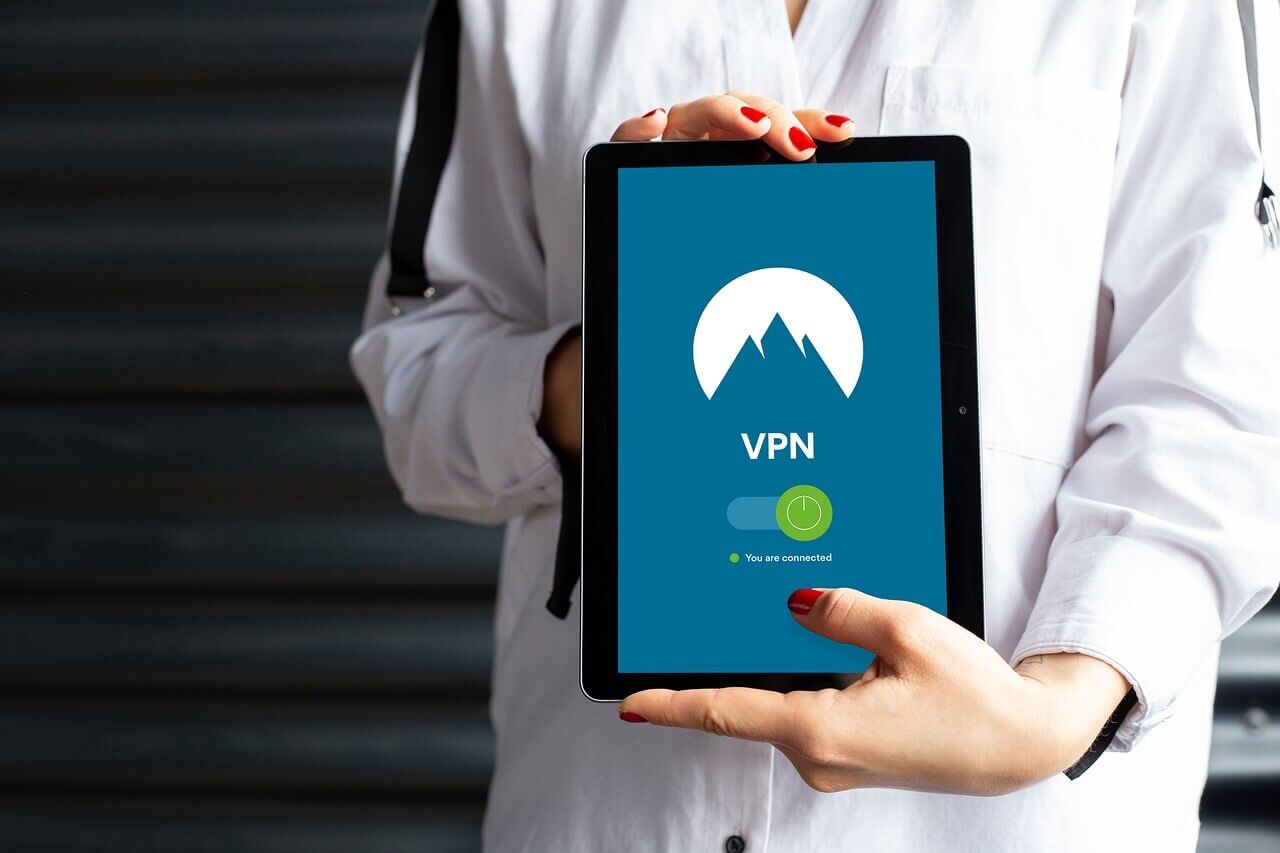In B2B transactions, the intricate interplay of buying patterns and preferences remains a driving force in molding the worldwide economic landscape.
Entities involved in the interchange of products and services encounter the challenge of maneuvering through an intricate network of connections and fulfilling the demands of various stakeholders. To excel in the competitive business arena, understanding the nuances of B2B purchasing behavior takes on heightened significance.
A pivotal aspect of fostering successful B2B relationships is customer support. Delivering smooth and cohesive assistance across multiple platforms emerges as a notable attribute and an essential element for enterprises aiming to address the varied and ever-changing preferences of their business-to-business (B2B) customer base.
In this piece, we will examine the complexities of B2B procurement, investigating its unique attributes and delving into the elements that shape these pivotal choices.
What Is B2B Buying Behavior?
Business-to-business (B2B) buying behavior encompasses the intricate procedures and patterns guiding corporate entities in their selection of goods or services to support operational needs. In contrast to the realm of business-to-consumer (B2C) dealings, B2B transactions delve into multifaceted decision-making processes, frequently mandating the approval of numerous contributors within the procuring entity.
At the core of B2B buying behaviors lies the Decision-Making Unit. B2B procurements often demand the engagement of multi-channel support within a corporate structure. These contributors, hailing from various departments and assuming diverse roles, collaboratively shape the decision-making process. Enterprises must identify DMU members to tailor their promotional strategies to match the decision-maker’s preferences.
B2B Vs. B2C Buying Behavior: What’s The Difference?
B2B and B2C purchasing behaviors display subtle differences that impact business engagements. It is crucial for enterprises with the goal of customizing their approaches to grasp these differences adeptly.
Nature of decision-making
B2B: The decision-making dynamics within B2B transactions frequently encompass intricate and cooperative procedures. Various contributors from diverse organizational facets play a role in shaping the decision, each guided by distinct criteria and priorities.
B2C: In the context of B2C transactions, the decision-making trajectory usually follows a simpler route, predominantly steered by individual inclinations and pressing requirements.
Volume and frequency
B2B: Transactions in the B2B landscape generally involve larger quantities and less frequent purchases. Long-term relationships and contracts are common, requiring a focus on sustained value.
B2C: Transactions in the consumer domain frequently involve smaller and more frequent purchases. Individuals tend to make spontaneous choices influenced by current trends, emotional states, and the convenience factor.
Relationship emphasis vs. transactional focus
B2B: The primary focus in B2B transactions lies in the establishment and cultivation of relationships. Trustworthiness and dependability assume crucial roles as businesses actively pursue enduring partnerships for mutual advantages.
B2C: B2C interactions are often more transactional, emphasizing individual sales rather than fostering enduring relationships. Brands may rely on marketing strategies to capture consumer attention in a competitive landscape.
Information requirements
B2B: In light of the intricacies surrounding B2B offerings, decision-makers seek comprehensive insights and detailed technical specifications and frequently participate in negotiation. The sales journey typically adopts a more advisory approach.
B2C: Consumers in the B2C space usually seek concise and easily accessible information. Marketing endeavors frequently center around crafting captivating storylines and attending to the pressing demands of consumers.
Emotional vs. logical decision-making
B2B: The process of making decisions in the B2B is based on rationality, influenced by considerations like cost-effectiveness, performance metrics, and the enduring value over the long term. Emotional elements typically play a secondary role.
B2C: B2C purchases are often influenced by emotional triggers, brand affinity, and personal preferences. Marketing strategies frequently tap into the emotional aspect to create memorable brand experiences.
By dissecting these key differentiators, businesses can refine their approaches, recognizing the intricate nuances that define B2B and B2C buying behaviors. Adaptability to these variations equips organizations to navigate diverse landscapes and establish meaningful connections with their target audiences.
Key Takeaways On B2B Buying Behaviors And Preferences
Understanding the intricacies of B2B buying behaviors and preferences is essential for enterprises seeking to skillfully traverse the complex terrain of corporate dealings. Presented here are pivotal insights that illuminate the unique traits of B2B buying activities:
B2B interactions frequently rely on lasting connections. Nurturing and sustaining connections with clientele and associates proves indispensable for enduring triumph in the long run. The fundamental components of trust, reliability, and steadfast commitment to delivering outstanding products or services are pivotal in preserving these associations.
-
Rational decision-making prevails
In contrast to the frequently observed emotional cues in B2C transactions, B2B acquisitions are primarily steered by logical decision-making. Purchasers prioritize practical advantages, cost-efficiency, and the overarching influence on their business proceedings. A persuasive business rationale highlighting concrete benefits is imperative to influence B2B decision architects.
-
Multi-stakeholder involvement
B2B transactions commonly encompass various decision-makers within the purchasing entity. It becomes crucial to identify and cater to the varied needs and considerations of executives, managers, and end-users. Tailoring the value proposition to align with the specific requirements of each stakeholder enhances the prospects of accomplishing a fruitful transaction.
-
Customization and adaptability win
B2B purchasers frequently look for personalized solutions designed to meet their distinct business needs. Providers demonstrating adaptability and the capacity to adjust to evolving requirements distinguish themselves in the fiercely competitive environment. The capability to customize products or services to address individual business challenges can play a pivotal role in establishing enduring partnerships.
Although cost is a crucial factor, B2B purchasers place a higher emphasis on the value offered. Corporations are inclined to invest in acquisitions that deliver considerable value, be it through enhanced efficiency, groundbreaking solutions, or securing a strategic advantage in the industry. Effectively showcasing the long-term value proposition of a product or service stands as a crucial factor in gaining the favor of B2B clientele.
-
Transparency and communication are vital
Clear communication and openness play pivotal roles in the success of B2B transactions. Companies that transparently communicate details about their offerings, pricing models, services, and delivery procedures establish a foundation of trust with their clients. Candid and direct communication contributes to cultivating a favorable business rapport.
-
Technology integration is essential
B2B purchasers are inclined towards suppliers who ardently adopt innovation. Enterprises that seamlessly incorporate new technologies into their solutions demonstrate a dedication to maintaining a competitive edge. This aspect holds substantial sway for B2B purchasers in search of collaborators capable of enhancing their technological progression.
Understanding and assimilating these key insights into B2B approaches can bolster a company’s capacity to allure and sustain valuable clientele within this dynamic and fiercely competitive market.
What Influences B2B Buying Behavior
Diverse internal and external elements contribute to the formation of B2B purchasing patterns. Understanding these factors empowers enterprises to customize their approaches and product offerings, aligning them with the distinct requirements and inclinations of their designated audience.
- Economic factors: The dynamics of the economy, encompassing elements like inflation rates and currency fluctuation can influence B2B buying behavior. Enterprises might adjust their procurement decisions in accordance with the broader economic climate. They can use procurement management software to optimize purchasing processes and mitigate risks.
- Industry trends: B2B purchasers often find themselves swayed by prevailing industry trends and groundbreaking developments. Maintaining a proactive stance and highlighting how a product or service effectively tackles evolving obstacles can provide enterprises with a distinct competitive advantage.
- Competitive landscape: The dynamic landscape of competition significantly influences the patterns of B2B purchasing decisions. Enterprises are compelled to explore products or services that provide them with a strategic advantage or address gaps within their existing offerings.
- Technology: Technological progress often exerts a notable impact on B2B buyers. Products integrating new technologies and delivering inventive solutions possess heightened allure for businesses aiming to sustain a competitive advantage in the market.
- Social and environmental responsibility: Social and ecological responsibility are progressively gaining significance among B2B purchasers. Companies prioritizing ethical conduct and sustainable approaches are likely to appeal to environmentally conscious prospects.
- Conformity to standards: Diligent compliance with industry norms holds significant attention for B2B buyers. Suppliers showcasing a dedication to compliance and ethical business conduct are better poised to instill trust in prospective buyers.
Conclusion
In summary, it is imperative for enterprises aspiring to excel in the fiercely competitive realm of corporate dealings to comprehend and maneuver through B2B purchasing patterns. Rational decision-making, enduring associations, and the participation of numerous stakeholders distinguish B2B transactions. Integration of customization, adaptability, and a concentration on value-centric resolutions is pivotal for businesses shaping their approaches.
Maintaining awareness of industry trends and economic variables is also indispensable for enterprises seeking to influence B2B purchasing behavior. Given the continual evolution of technology and the escalating prominence of social and environmental responsibility, enterprises must tailor their strategies to harmonize with the evolving B2B purchasers’ preferences.
FAQs
1. What are the different stages of the B2B buying journey?
The B2B purchasing journey generally encompasses numerous stages. This includes problem identification, information search, assessment of alternatives, the purchasing decision, and an after-purchase evaluation. The specifics of these stages might exhibit slight variations based on the intricacy of the acquisition and the characteristics of the particular industry.
2. What are some challenges of the B2B buying journey?
Obstacles encountered within the B2B purchasing process often revolve around the nature of decision-making that necessitates the involvement of various stakeholders. Customization demands and the imperative to showcase a tangible return on investment add further layers of complexity. Furthermore, negotiating the landscape of regulatory compliance and tending to enduring relationships present formidable hurdles for both those seeking to buy and those aiming to sell.
3. What are some best practices for the B2B buying journey?
- Fostering robust connections with clientele.
- Delivering clear, comprehensive details regarding products or services.
- Providing tailored solutions and adaptability to address individual client requirements.
- Exhibiting dedication to ethical business conduct and adherence to regulations.
- Remaining informed about current industry patterns and technological progress.
- Emphasizing social and environmental accountability resonates with the principles of B2B purchasers.





